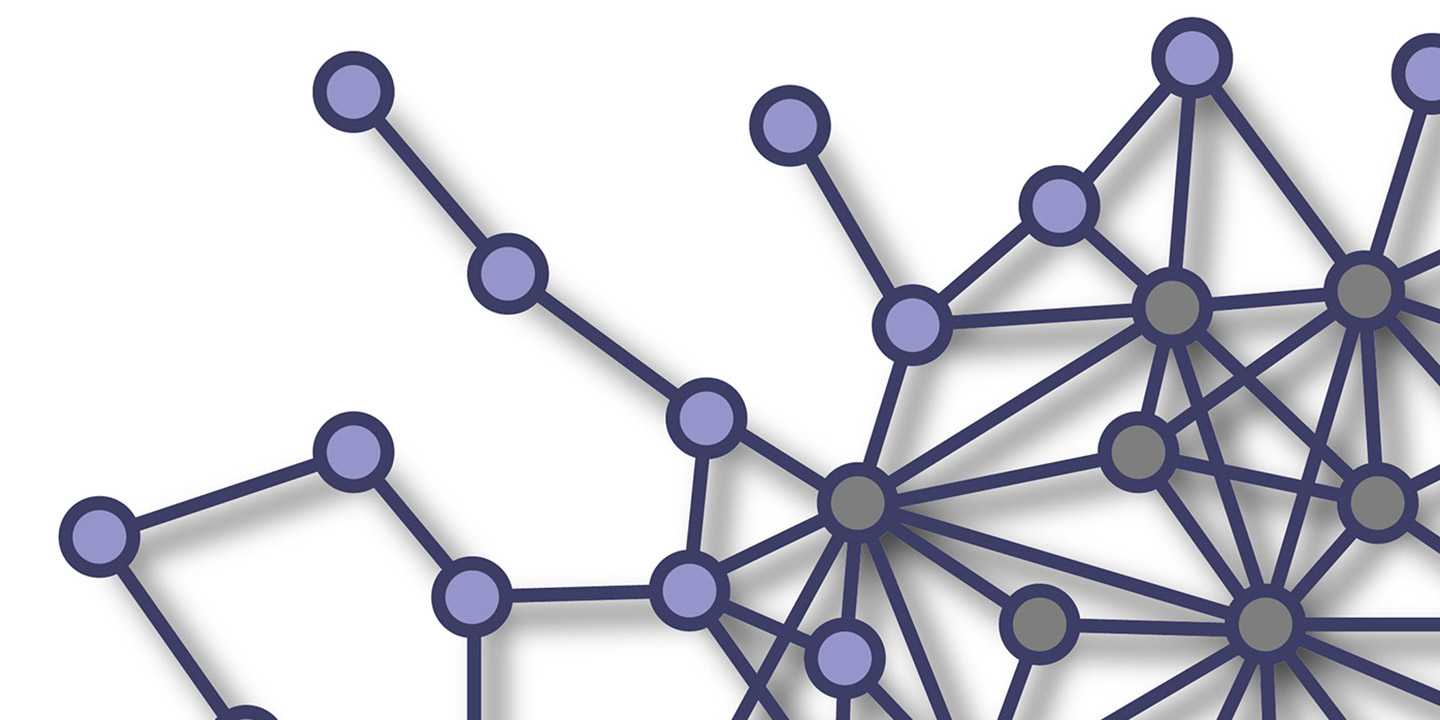Over the past months life has been severely impacted by Covid. The pandemic has wiped the previous problems, the Australian wildfires and the rise of disinformation, off the news and off people’s minds. However, to the network scientist an important parallel exists: All of these phenomena can be understood as spreading processes on networks.
Many of the problems we face are symptoms of the ever more complex and interconnected world we live in. However, in every complex system there are simple truths that can be discovered. Consider the epidemic: In the beginning one infected person in Germany infected on average three others. Hence the infection spreads exponentially. To turn this exponential growth into an exponential decline we must therefore reduce the number of chances that we give the disease to spread by a factor of three.
How the Virus Spreads
If two of us meet and we don’t know who is infected yet then we give the virus two chances to spread: You could infect me or I could infect you. If three of us meet then each of us has a chance to infect the other two which adds up to 6 chances in total. Hence the meeting between three people is three times worse than the meeting between two. For groups of size N the number of chances that we give the virus to spread is N(N-1) leading to a quadratic increase until eventually saturation sets in and it becomes linear for large gatherings. This means a party with 20 guests provides 380 chances for the virus to spread.
The quadratic increase of the number of transmission chances with increasing group size explains why superspreading events can occur. It also shows that just by avoiding large gatherings we can make an important contribution to the fight against the pandemic.
“Just by avoiding large gatherings we can make an important contribution to the fight against the pandemic.”
Thilo Gross
The Chances of a Second Wave
The question that now seems to be on everybody’s mind is if we are going to see a second wave of Covid. Using simple maths, one can easily understand that if we stop all mitigation efforts then we will return to exponential spreading and see a large second wave. By contrast, if we keep up a strong response then the epidemic will continue to decline. More likely we will see a scenario play out that sits between these extremes, how exactly it will turn out depends on political decisions made by a small number of people and hence is hard to predict.
Environmental Change and Future Pandemics
Perhaps asking about a second wave is even the wrong question. Throughout history humans have acquired new infectious diseases in response to changes in the environment. The unprecedented environmental change that we are going to experience in the near future will undoubtedly bring humans into contact with new pathogens. An ever more connected age, where we transport humans and livestock around the globe, will allow some of these pathogens to spread widely and quickly. Even though we might not see a second wave of Covid, other pandemics are certainly waiting for us in the near future.
It is good to remember that conserving marine biodiversity and mitigating consequences of environmental change can also help to prevent these future pandemics. In this sense HIFMB is already fighting the next global disease.
The biodiversity lab contributes to the goals of HIFMB by analyzing data and modelling effects of biodiversity loss and mitigation efforts. Incidentally, the dynamics of species colonizing habitat patches are another example of a spreading process. Large scale patterns of biodiversity can therefore be described with very similar maths as pandemics and forest fires.
The spreading process that affects us perhaps most profoundly is the rise of disinformation and post-truth politics. These have not only affected the covid response in some countries, but also stymied our ability to fight the much more profound problem of climate change, which among many other consequences will be a driver of future pandemics. Perhaps a silver lining of covid is that the pandemic has made it clear that problems can be addressed by fact-based politics, informed by mathematical models.
Thilo Gross
Network and Data Scientist & Professor for Biodiversity Theorie at HIFMB
